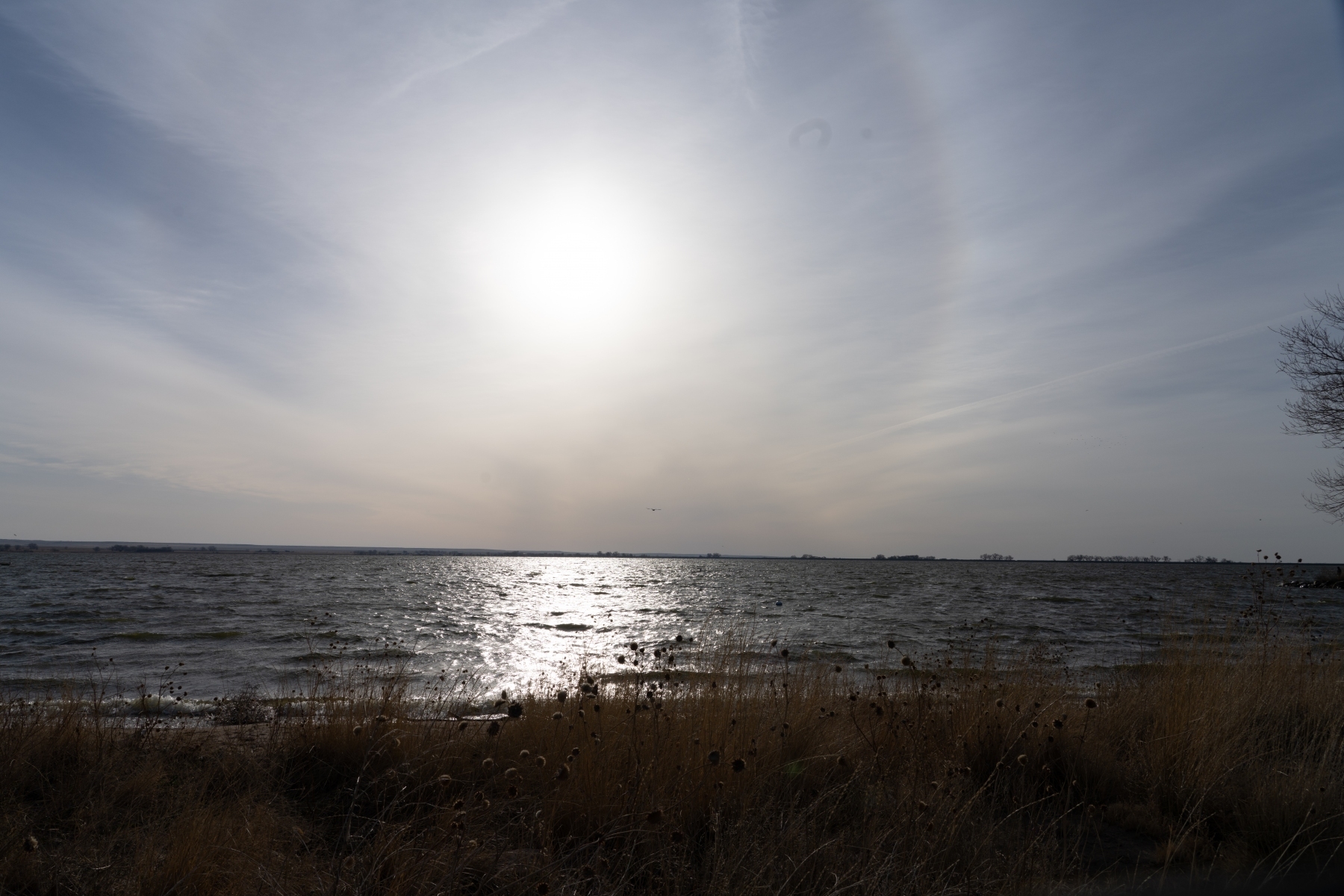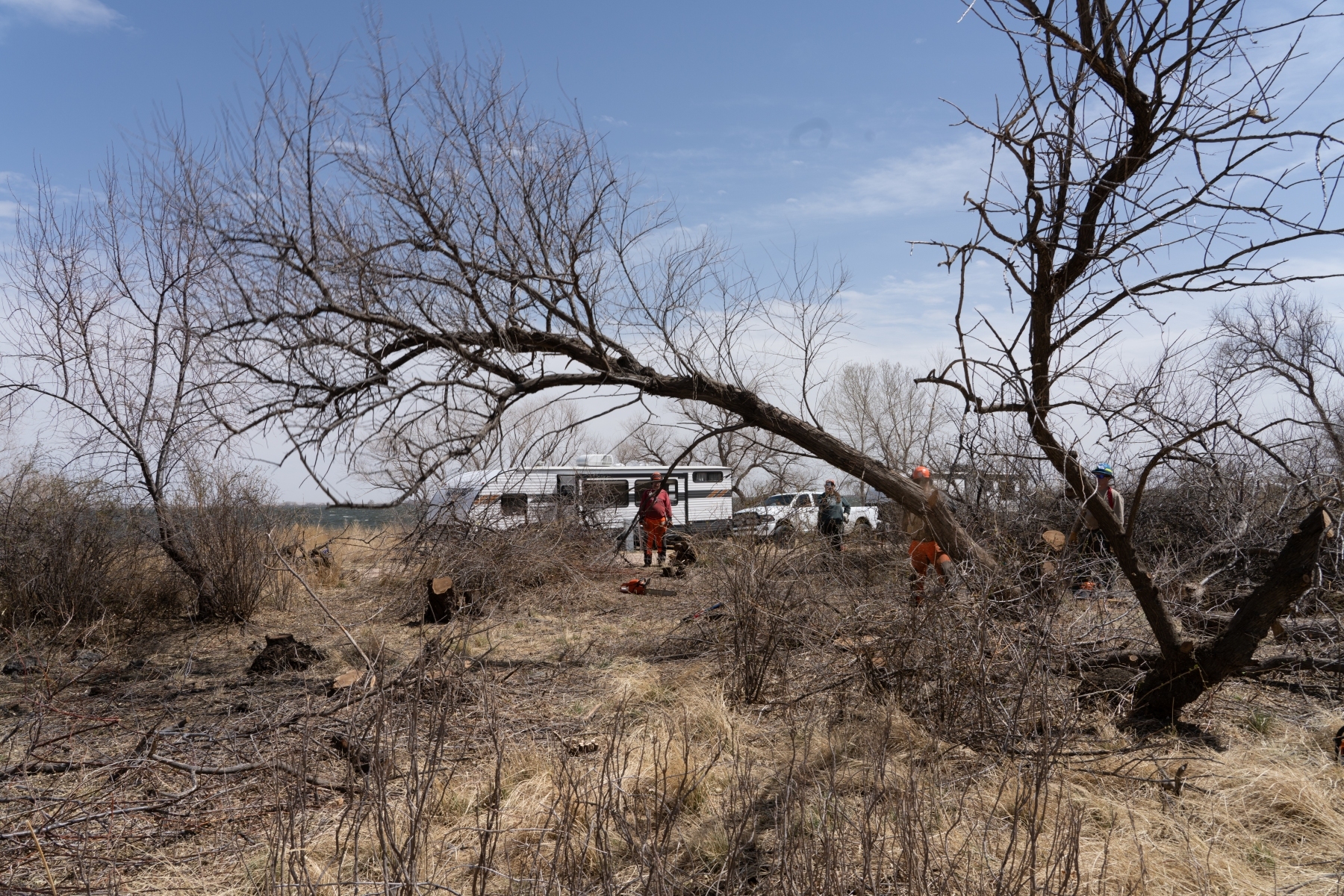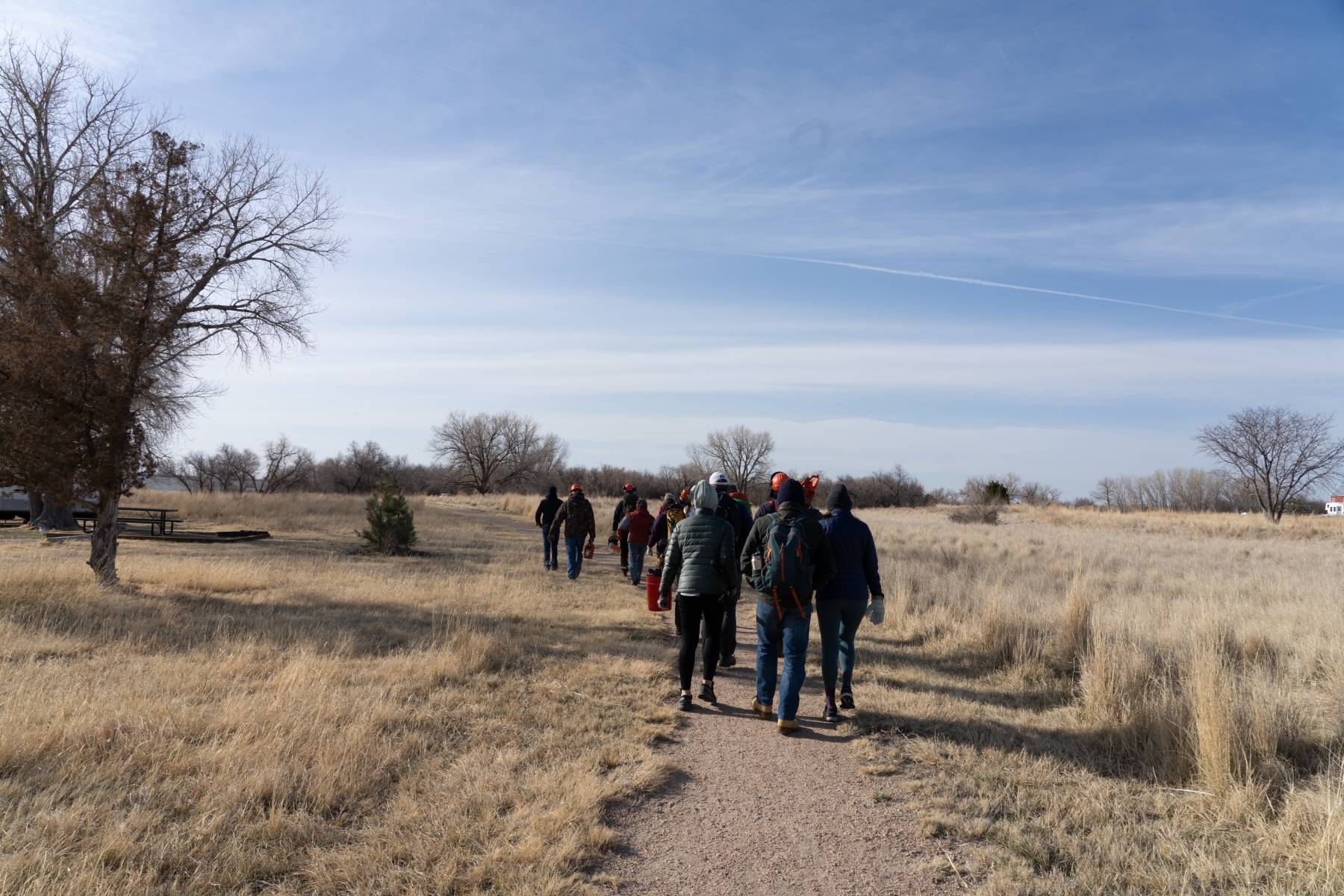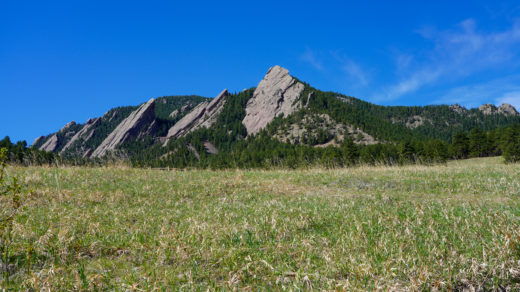At Jackson Lake State Park we had two separate projects: one where campground boxes were built out, and a second sawyer project taking down Russian Olives.
Where
In an area originally inhabited by the Sioux, Cheyenne, and Arapahoe people, Jackson Lake State Park is known as an “oasis on the plains” and serves as a popular destination for boating, fishing, swimming, bird-watching, and water skiing with over 3,000 acres of land and water. The centerpiece of the park, which neighbors the South Platte River, is Jackson Reservoir, which was created in the early 1900s to support agriculture and a growing population. The area surrounding the reservoir began to see recreational use in the early 1960s, which ultimately led to the development of Jackson Lake State Park. In 2020, Jackson Lake became Colorado’s first state park to be certified as an International Dark Sky Park.
What
Help care for your state parks on the 125th anniversary of Colorado Parks and Wildlife and take a trip to the peaceful plains for one of our first volunteer projects of the season! On this project at Jackson Lake State Park, you’ll spend Saturday working with a group of volunteers ages 16+ to improve the park’s campgrounds. Most volunteers will help install camp pads and fire pits, while certified sawyers* will use chainsaws to remove invasive Russian Olive trees.
While this is a single-day project, camping is available for volunteers on both Friday and Saturday night. We encourage you to stay and enjoy the starry skies and recreational amenities that the park has to offer!
*Only certified sawyers will be allowed to operate the chainsaws.
Why
Jackson Lake State Park is a popular destination that has seen record visitation during COVID-19, increasing the need for hands-on maintenance. By removing Russian Olive trees and installing camp pads and fire pits, you will help make these areas more sustainable amid increased visitation and provide a better experience for the park’s many visitors while protecting the area’s wildlife, plants, and natural resources.






